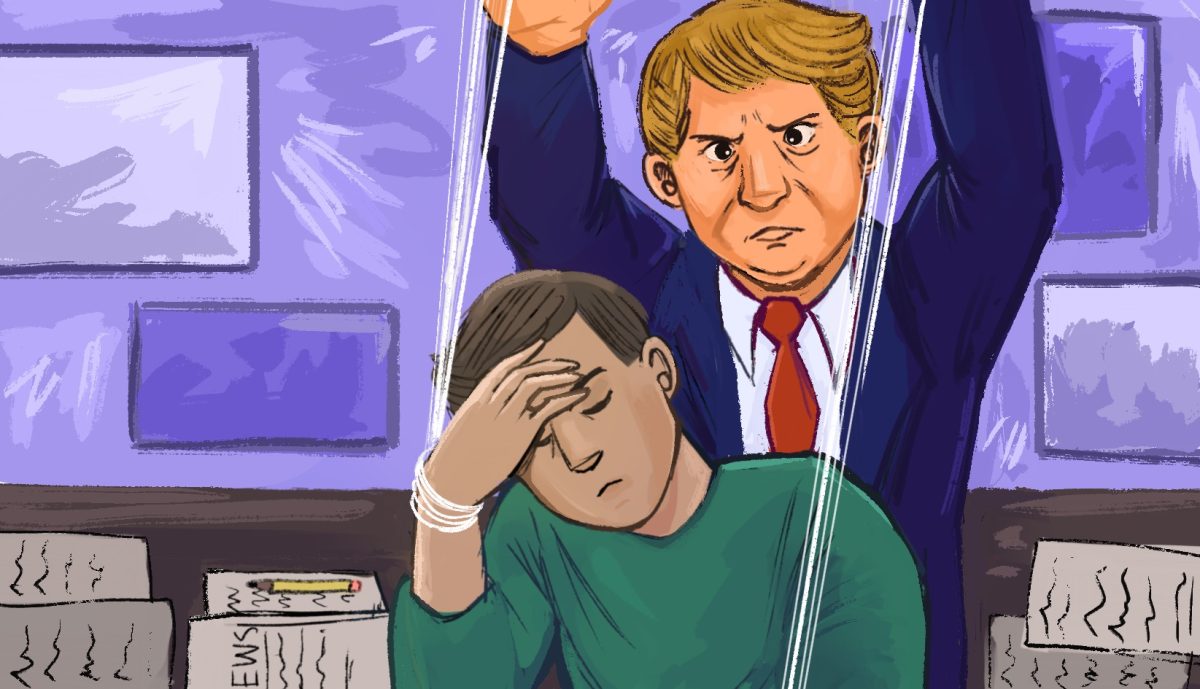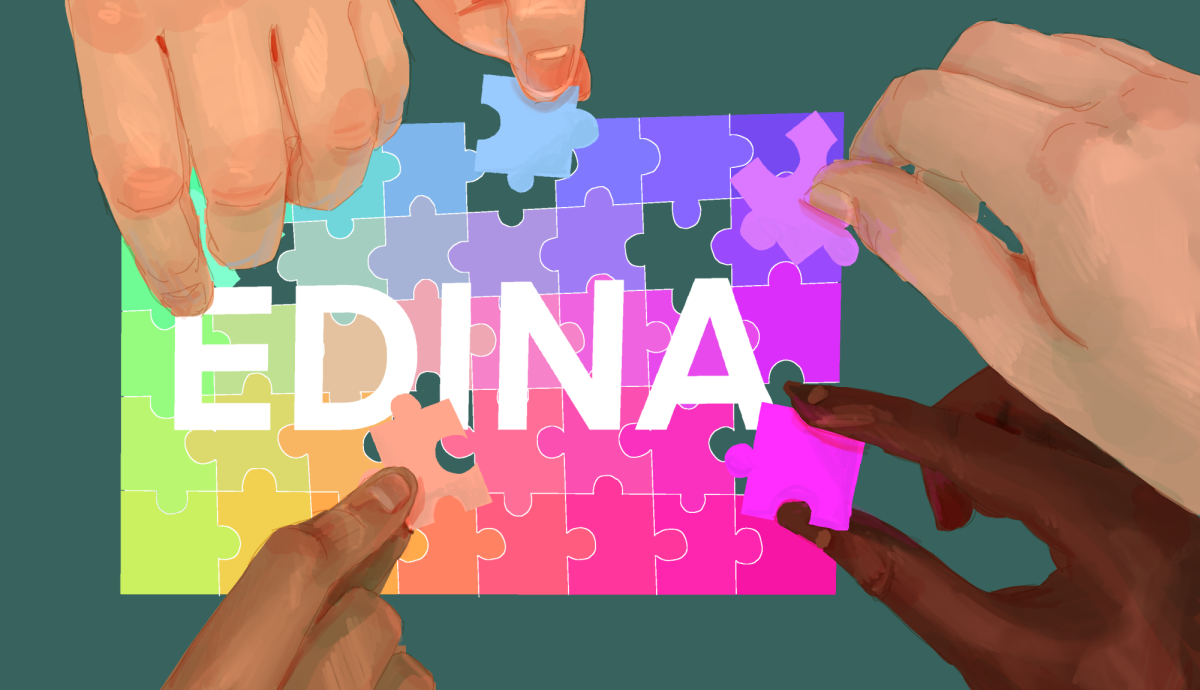The saying goes “an apple a day keeps the doctor away.” But is it really affordable to keep the doctor away 365 days a year? At Lunds and Byerly’s prices, a year’s supply of apples can cost anywhere from $365 for Braeburns that have been shipped across the country to $800 for locally grown Honeycrisps. Now let’s say I’m not interested in keeping the doctor away. The price of 365 individual bags of potato chips can run as low as $200 and up to about $280. Clearly, nutritious foods should be made more widely affordable in America.
Obesity is an epidemic in the United States, and our addiction to high calorie, nutrient-free, junk food is to blame. According to a study conducted by the Scripps Research Institute, overeating junk food can lead to “neuroaddictive responses in the brain, making it more difficult for your brain to release dopamine.” Dopamine is the neurotransmitter responsible for dictating emotions, so when the brain has trouble releasing proper amounts, a person can become depressed. These neuroresponses are similar to those found in drug addicts. So we can say with certainty, that empty calorie foods, meaning that they are high in calories but lack nutritional value, are addictive.
Even with scientific proof that junk food is unhealthy, Americans continue to gorge themselves on candy and eat at Burger King. But given the option between a McDonald’s “McDouble” for just a dollar and a turkey sandwich from Lunds with a price tag of four dollars, the evil which has pushed American obesity rates higher than ever reveals itself.
Movements designed to lower obesity rates are springing up across the nation, but why doesn’t anyone seemed concerned about the economic side of eating? Junk foods are less likely to be affected by inflation than health foods, so during the economic downturn it is no mystery what people grab at the grocery store.
It is time to take a stand against unhealthy eating habits and promote affordable, locally grown, organic, nutritious, and delicious foods as the alternative. The task seems daunting, but citizens have done it before. Remember when everyone and their mother used to smoke? The public began treating the addiction as a social taboo and demanded that prevention laws be put into action. We did it then, and we can do it now.




